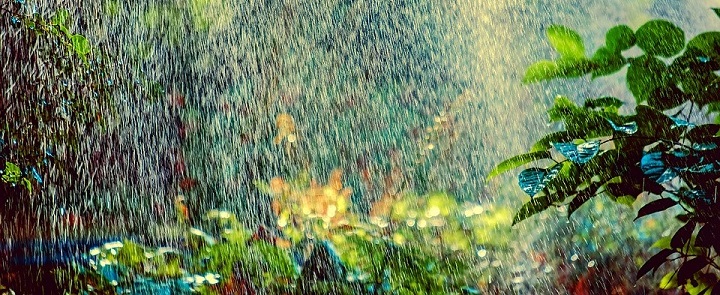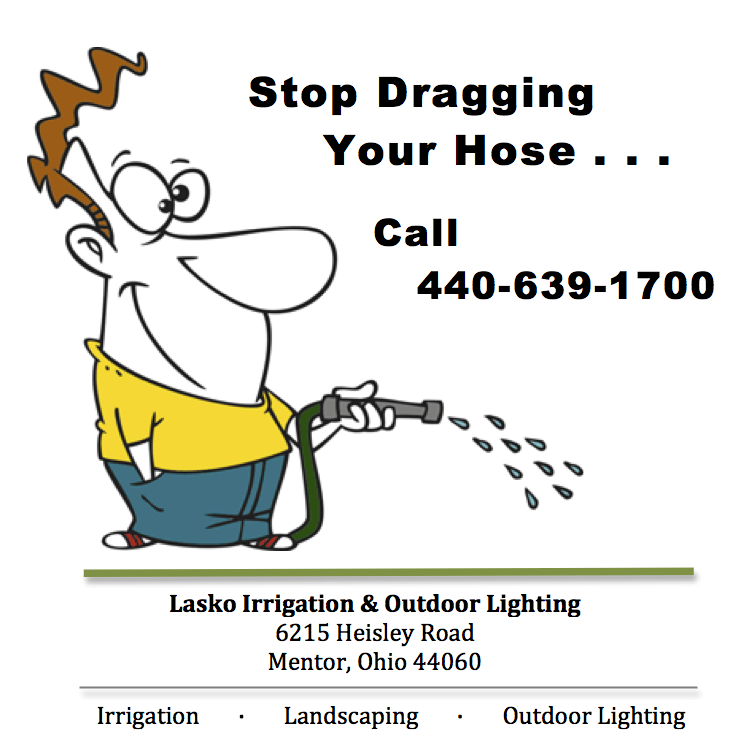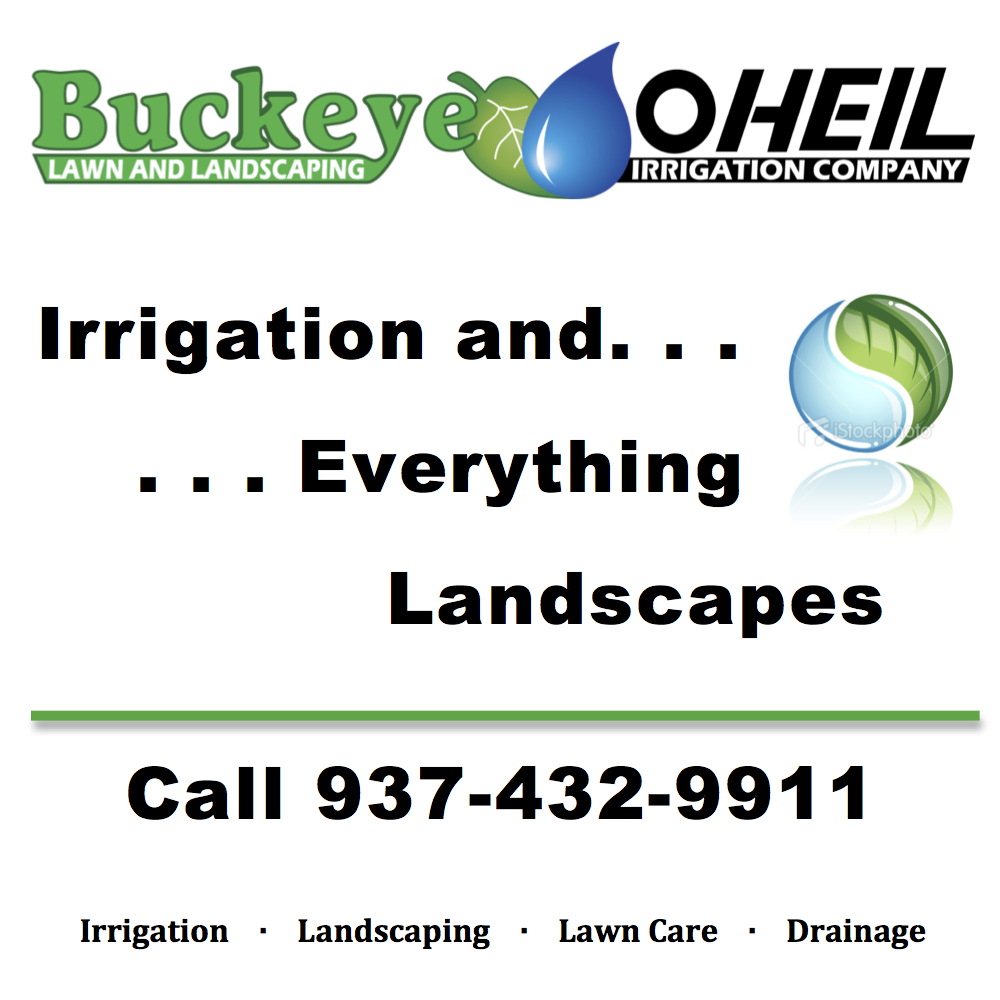
by Tom Barrett | Jul 10, 2019
Results Are in for Two-Year
Water Efficiency Study
Outdoor water efficiency programs work.
That’s the conclusion reached by the Alliance for Water Efficiency (AWE) following its two-year Landscape Transformation study. The AWE researched 14 different community-driven programs from across the country. In the final analysis, the AWE determined that these programs reduced outdoor water usage by 7 to 39 percent for program participants.
 The water efficiency programs studied included incentives for efficient irrigation technologies, free distribution of mulch, turf removal and water-wise re-landscaping, and customer site audits. Water savings were achieved in every community, regardless of the climate, program type or incentives for participation. (To download the Landscape Transformation Executive Summary, click here.)
The water efficiency programs studied included incentives for efficient irrigation technologies, free distribution of mulch, turf removal and water-wise re-landscaping, and customer site audits. Water savings were achieved in every community, regardless of the climate, program type or incentives for participation. (To download the Landscape Transformation Executive Summary, click here.)
According to the EPA, nearly nine billion gallons of water are used each day outdoors, mainly for landscape irrigation. In addition, as much as 50 percent of water used outdoors is wasted due to evaporation, inefficient or broken equipment, and overwatering.
AWE President and CEO Mary Ann Dickinson sees this as an opportunity:
“There are still significant water savings to be found by changing the way we look at our lawns. As communities consider their long-term supply options, they should look at landscape transformation programs to help their water utility avoid more costly infrastructure-based solutions.”
Survey Says…
In addition to the impact analysis of water utility programs, the AWE’s study also surveyed 3,000 North American homeowners to determine their interest in landscape transformation.
They found that homeowners typically misjudge the amount of water they use outdoors. More than half of those surveyed believe they use 10 to 30 percent of their overall water outdoors. But most homeowners in fact use 30 to 60 percent of their water outdoors, depending on the region and climate. (According to the EPA’s WaterSense program, the average American household uses more than 300 gallons of water per day.)
The AWE’s survey also revealed that most homeowners believe they are already efficient users of outdoor water. For instance, 41 percent stated that they already owned water-efficient sprinklers. However, industry manufacturers report that less than 20 percent of sprinkler head sales are for efficient models.
–Article Continues Below–

Seeking Sustainability
Survey respondents also indicated a growing interest in sustainable landscapes. Low water use was one of the top three selected landscape attributes (42 percent). Most homeowners surveyed are looking for a variety of landscaping features, preferring more trees, shrubs, flowers and entertaining space than lawn.
 Almost 80 percent of respondents were dissatisfied or only somewhat satisfied with their current landscaping, and half believed their lawns are unhealthy or only partially healthy. But 85 percent believe they would need assistance with a landscape makeover; they’re looking to landscapers and irrigation professionals to help them change their landscapes.
Almost 80 percent of respondents were dissatisfied or only somewhat satisfied with their current landscaping, and half believed their lawns are unhealthy or only partially healthy. But 85 percent believe they would need assistance with a landscape makeover; they’re looking to landscapers and irrigation professionals to help them change their landscapes.
The good news is: Survey respondents who had participated in an alternative landscaping program, were overwhelmingly (91 percent) satisfied with their new landscape. So homeowners want to use more sustainable landscaping, but they need help. That’s where irrigation professionals come in.
Advice from WaterSense
When consulting with homeowners about reducing their outdoor water waste, offer the following suggestions from WaterSense:
- Use regionally appropriate, drought-tolerant, or native plants that thrive in your climate.
 Check sprinkler heads for breaks or leaks and make sure water is going where it’s needed.
Check sprinkler heads for breaks or leaks and make sure water is going where it’s needed.
- Test your irrigation system to ensure the zones are programmed correctly.
- Check your irrigation system to look for water efficiency improvements.
- Create an irrigation schedule that makes seasonal adjustments easy.
- Retrofit your irrigation system with new, water-efficient technologies, such as a WaterSense labeled controller, rainfall sensor, or high-efficiency sprinkler nozzles.
Beautiful and Smart
Clearly, homeowners are beginning to realize that they don’t have to sacrifice a beautiful landscape in order to become more sustainable.
AWE’s Dickinson summed it up nicely:
“Beautiful landscapes are a source of pride for homeowners, but [they] also want to be smart water users. Whether it’s installing a more efficient irrigation system, opting for drought-tolerant turf, or re-landscaping with climate-appropriate plants, we need to communicate that a sustainable landscape can be beautiful and water-conscious.”
Sources:
Alliance for Water Efficiency
WaterSense

by Tom Barrett | Jun 5, 2019
Are You a “Smart” Leader?
Are your customers aware that efficient irrigation can save them water and money?
July is Smart Irrigation Month. What better time to position your company as a leader in water-saving practices with customers, business partners and peers?
For the past 15 years, the national Irrigation Association (IA) has used the month of July to showcase the social, economic and environmental benefits of efficient irrigation technologies, products and services in landscape and turf irrigation.
New Smart Irrigation Month Tools
This year, the IA has created a host of new tools to help you promote smart irrigation throughout the month. Such as:
- Do you send out monthly statements to your customers? Smart irrigation statement stuffers are the perfect way to remind your customers of some simple smart-watering tips.
- What about your company newsletter? The IA offers several articles on irrigation best practices can easily be included.
Get Everyone on Board!
 But that’s not all. As in previous years, there are a myriad of other ways that you can demonstrate smart leadership:
But that’s not all. As in previous years, there are a myriad of other ways that you can demonstrate smart leadership:
- Participate in Technology Tuesday on July 9, 2019, by using #smartirrigationmonth on social media.
- Add the SIM logo to your website, email signature, ads, customer presentations, field signs, invoices and more.
- Submit a press release or letter to the editor of your local newspaper.
- Partner with your local water provider.

- Encourage sales and marketing staff to participate in dealer and distributor Smart Irrigation Month activities.
- Host a live demonstration of water-saving irrigation technologies in the field or at your location.
- Feature water-efficient products and services in displays, ads, promotions and product demos with the SIM logo.
- Make smart irrigation the theme of sales calls.
- Distribute awards to customers and/or business partners who promote water-efficient practices.
2018 Video Contest Winner
Also included in IA”s July promotion is the smart irrigation video contest. Last year’s contest winner was Colorado-based Water Ketch Sprinkler. Take a look:
Source:
Irrigation Association

by Tom Barrett | May 8, 2019
Landscape Irrigation Improves Curb Appeal
Did you know that installing a landscape irrigation system is one of the top five improvements you can make to increase your home’s marketability?
It’s true, according to the popular informational website LifeHacker. Real estate appraiser Tom Ferstl of Little Rock, Ark., explained that many homeowners don’t want to be bothered with maintaining a stunning, landscaped garden. “So planting tons of trees, bushes or flowers isn’t necessarily going to elevate your home’s value. But everyone wants green grass, so adding a sprinkler system that automatically turns on and off is a good investment.”
–Article Continues Below–

A landscape irrigation system can help ensure that your home has maximum curb appeal — a key factor if you’re trying to sell. In this way, the system indirectly increases a home’s market value. Since attractive landscaping requires sufficient watering, the automatic irrigation ensures protection of your investment. By enabling plants to live longer and grow healthier over time, the system increases property value.
The Convenience Factor
A landscape irrigation system also adds value through convenience. Many potential home buyers want a yard that is easily maintained and convenient to water, and an irrigation system meets those demands. HGTV agrees that for homeowners who are pressed for time, “an irrigation system is ideal.”
 According to Freshome, “An irrigation system that works properly and covers the full yard can add value.” The online home improvement magazine listed installing an irrigation system as one of the “15 Best Ways to Increase the Value of Your Home.”
According to Freshome, “An irrigation system that works properly and covers the full yard can add value.” The online home improvement magazine listed installing an irrigation system as one of the “15 Best Ways to Increase the Value of Your Home.”
But it’s important that the system be installed by a professional, Freshome states. A poorly designed irrigation system can significantly detract from the value of a property. (And you can end up doing more damage than good, says appraisal expert Leslie Sellers.)
Likewise, the system should be kept fully functioning, as proper maintenance and upkeep contribute to its added value.
The Value of Smart Technology
Did you know that millennials represent the largest share of potential home buyers? That’s according to a recent National Association of Realtors (NAR) study. So, if you’re selling your home, this is a market you can’t afford to ignore.
 And what are millennials looking for in a home? Smart technology. In fact, Better Homes and Gardens recently found that 64% of the millennials they surveyed were interested in having smart technology in their homes. To this market, smart irrigation just makes sense, as a time saver and for water conservation purposes.
And what are millennials looking for in a home? Smart technology. In fact, Better Homes and Gardens recently found that 64% of the millennials they surveyed were interested in having smart technology in their homes. To this market, smart irrigation just makes sense, as a time saver and for water conservation purposes.
Which is why Upnest, a realtor-comparison website, recently included smart irrigation systems as one of “7 Smart Home Technology Upgrades That Increase the Value of Your Home.” Energy efficiency is another important factor to millennials, and what could be more efficient that smart irrigation? Instead of requiring the homeowner to set a schedule, smart irrigation controllers use real-time weather information to create a watering schedule that better matches plants’ water needs. (See related article, “Saving Water Through Hydrozoning.”)
The EPA estimates that replacing a standard clock timer with smart controller can save nearly 8,800 gallons of water annually.
The Bottom Line
Even the most expensive landscaping isn’t worth much unless it’s maintained through proper irrigation.
The bottom line: A landscape irrigation system will help your home sell quickly. This is especially true if you’re competing with other homes in the same area. So if you want home to stand out and become more marketable, contact an Ohio irrigation contractor today.
Sources:
LifeHacker
PocketSense
Freshome
HGTV

by Tom Barrett | Apr 25, 2019
Ohio Irrigation Association
Election Results
The Ohio Irrigation Association is pleased to announce the election of the following individuals to the Officers and Board of Directors positions for 2019:
Officers
- President – JC Wheaton – Centerville Landscape & Irrigation, Inc.
- Vice President – Jared Lee – Environmental Management Inc. (EMI)
- Secretary – John Newlin – Quality Sprinkling Systems
- Treasurer – John Dolle – Rainscapes Irrigation
Board of Directors
- Jim Juliano – Environmental Management Inc. (EMI)
- Kris Keckley – Rain One Irrigation & Drainage
- Mike Knepper – Century Equipment
- Tim Owen – SiteOne Landscape Supply
- David White – Pattie Group

by Tom Barrett | Apr 3, 2019
It’s Spring Start-Up Time
for Your Irrigation System
Ah, Spring! Birds are singing…the weather is warming…lawns and gardens are starting to thaw.
Time to prepare your irrigation system for another year of efficient water management. To help you with that, we’ve compiled the best spring start-up tips from the pros at Rain Bird and Hunter Industries. Take a look:
Tips from Rain Bird
Just a few simple steps will go a long way towards saving water, money and preventing a mid-summer landscape catastrophe at home.
Make Sure Spring Has Sprung…
Although all signs might be pointing to the arrival of spring, the soil beneath the landscape is always the last to thaw. Starting your sprinkler system while the ground is still frozen can result in damage to the pipes. Use a shovel to make sure that the soil is frost-free 12 inches deep. If it is still solid as a rock, then wait another week and test it again before starting the sprinkler system.
Regain Control…
Run a check of the irrigation controls and programs. This includes dusting away the cobwebs on the timer, making sure the date and time is correct, and that the settings are appropriate for your landscape’s watering needs. Replace the back-up battery in the timer/controller every 6 months, and keep a copy of the watering schedule nearby.
Additional tip: Placing moth balls in an outdoor mounted controller will keep ants and other insects out of the controller cabinet.
Unobstructed Flow…
Check for rocks, dirt, sand and other types of debris that may block the even flow of water from sprinkler heads. Uneven distribution can lead to too much water in some areas and not enough in others, both resulting in an unhealthy landscape and wasted water. Inspect spray heads and make sure they haven’t become buried and debris has not accumulated around them during the winter.
Out with the Old…
Nozzles and sprinkler heads are designed to withstand normal wear and tear of irrigation, but are no match for errant lawn mowers, the neighbor’s dog or snowplows. Replace cracked, chipped or worn components, such as sprinkler heads, nozzles, valves or pipes. A broken sprinkler can wreak havoc on lawns, gardens, and water bills, so it is important to check and replace them periodically.

www.rainbird.com
The Heart of the System…
Valves are the heart of any irrigation system. They regulate the distribution of water throughout the entire system. A leaky valve will waste water, and increase your water bill. Visually inspect each valve to make sure they are operating properly. Before turning on any water to the system, make sure all manual drain valves are returned to the closed position. Overly wet areas in the lawn, resulting in muddy and/or barren patches, may be a result of a leaky valve.
Keep the Hammer in the Tool Chest…
Water hammer is a high-pressure surge that occurs when a valve is first opened. An initial pressure surge can result in pipe bursts and damaged valves. When restoring water to your sprinkler system, open the main water valve slowly to allow pipes to fill with water in a gradual and controlled manner, thus preventing a water hammer and costly damage.
Pressure Check…
When you first turn the main water valve back on, it is important to make sure the water pressure is at a safe operating range for sprinkler systems. A system with too much pressure will result in cracked pipes, busted valves, sprinkler head leaks and inefficient watering. Invest in a water pressure gauge that can be used to measure water pressure in your home and yard. These devices typically connect to a hose faucet and give you a good idea of the pressure in your irrigation system.
If the pressure is above the suggested operating range (typically 40 -65 PSI), a pressure regulator may be required to prevent damage to the sprinkler system or undesirable results. For example, if water is “misting” out of your sprinkler heads, your pressure is too high and should be reduced.
Tips from Hunter Industries
Spring cleaning your irrigation system prolongs life and improves watering efficiency, saving time, water and money
When spring arrives and freezing temperatures cease, it’s time to turn on irrigation systems and start watering again. However, when you do so, you should take a few very important steps to make sure you do not damage pipes or irrigation components. It is always best to hire a professional contractor. We have provided a spring start-up guide below to help ensure your Hunter system is up and running with ease and efficiency.
STEP 1

www.hunterindustries.com
Open the system main water valve slowly to allow pipes to fill with water gradually. If these valves are opened too quickly, sprinkler main lines are subjected to high surge pressures, uncontrolled flow and water hammer, which may cause them to crack or burst.
STEP 2

www.hunterindustries.com
Verify the proper operation of each station valve by manually activating all zones from the controller.
STEP 3

www.hunterindustries.com
Walk through each station on the controller, checking for proper operation of the zone. Check for proper operating pressure (low pressure indicates a line break or missing sprinkler), proper rotation and adjustment of sprinkler heads, and adequate coverage. Check and clean filters on poorly performing sprinklers. Adjust heads to grade as necessary.
STEP 4

www.hunterindustries.com
Reprogram the controller for automatic watering. Replace the controller back-up battery if necessary.
STEP 5

www.hunterindustries.com
Uncover and clean the system weather sensor, if applicable.
Remember, it is always best to hire a qualified professional contractor when performing tasks like Spring Start-Up. Irrigation contractors are experts in hydraulics, proper sprinkler system layout, plant watering requirements and soil types. Their skills will ensure a water-efficient system and years of trouble-free operation.
Sources:
Rain Bird
Hunter Industries

by Tom Barrett | Mar 6, 2019
Fix a Leak Week Combats Water Waste
Every year the EPA sponsors “Fix a Leak Week” as a national effort to combat water waste.
That’s because, every year, household leaks can waste more than 1 trillion gallons of water nationwide! How much water is that? It’s…
- Enough to fill 40 million swimming pools and 24 billion bathtubs
- Almost equal to the capacity of Florida’s vast Lake Okeechobee
- Equal to the annual household water usage of more than 11 million homes
Plug Those Leaks!
 This year’s Fix a Leak Week runs from March 19 through March 25. It’s the perfect time to check for leaky kitchen and bathroom faucets, malfunctioning toilets and errant irrigation systems. Fixing some of these easily corrected household leaks can save homeowners about 10 percent on their water bills, according to the EPA.
This year’s Fix a Leak Week runs from March 19 through March 25. It’s the perfect time to check for leaky kitchen and bathroom faucets, malfunctioning toilets and errant irrigation systems. Fixing some of these easily corrected household leaks can save homeowners about 10 percent on their water bills, according to the EPA.
Karen Wirth is in charge of marketing and outreach for the EPA’s WaterSense program. In her view, most folks are clueless about the total amount of water wasted because they “see a couple of drips coming out of their shower head, or sprinkler outside, or faucet, it doesn’t seem like that much.”
Did You Know…
… Homeowners can save about 10 percent on their water bills just by plugging leaks?
So each year, the EPA hones in on the drips during Fix a Leak Week. Special events are planned from coast to coast to teach homeowners how to find and fix household leaks.
Easy Fixes
There’s a simple way to check for leaks in the toilet, Wirth said. “Just put a few drops of food coloring in the tank. If that shows up in the bowl, you have a leak.” This problem can often be fixed by simply replacing the flapper.
Replacing old and worn faucet washers and gaskets fixes most faucet leaks. For leaky shower heads, use pipe tape to secure the connection between the showerhead and the pipe stem.
For the EPA’s complete list of leak fixes, click here.
Call an Irrigation Professional
A residential irrigation system should be checked each spring before use to make sure it wasn’t damaged by frost or freezing. Even a leak as small as 1/32nd of an inch in diameter (about the thickness of a dime) can waste about 6,300 gallons of water per month!
Hire an irrigation professional certified by a WaterSense labeled program to inspect it for you. These professionals have passed a certification program focused on water efficiency. They’ll not only help detect and correct leaks in the system, but also maximize its efficiency.
Sources:
EPA
The Washington Post
Alliance for Water Efficiency

by Tom Barrett | Feb 6, 2019
Are You Ready for Flood Season?
Wintertime in Ohio means flood season.
Take last February, for instance, when the Ohio River crested over 60 feet, making it the worst flood Cincinnati had seen in more than 20 years — since the deadly “Flood of 1997.”
 As the calendar turned from February to March of that fateful year, a relentless 12-inch downpour over the southern and eastern parts of the state caused the Ohio River to crest at 64.5 feet. As a result, much of downtown Cincinnati remained under three to four feet of floodwater for several days.
As the calendar turned from February to March of that fateful year, a relentless 12-inch downpour over the southern and eastern parts of the state caused the Ohio River to crest at 64.5 feet. As a result, much of downtown Cincinnati remained under three to four feet of floodwater for several days.
The 1997 flood was the worst flooding event since 1948. And before it was all over, 24 Ohioans had lost their lives. Total damage to southern Ohio communities was estimated at more than $155 million.
NWS Historical Flood Data
Altogether, the Ohio River at Cincinnati has risen higher than 60 feet 22 times since the National Weather Service began keeping records about 150 years ago.
 Here are the agency’s top 10 historic crests for the Ohio River:
Here are the agency’s top 10 historic crests for the Ohio River:
(1) 80.00 ft on 01/26/1937
(2) 71.10 ft on 02/14/1884
(3) 69.90 ft on 04/01/1913
(4) 69.20 ft on 03/07/1945
(5) 66.30 ft on 02/15/1883
(6) 66.20 ft on 03/11/1964
(7) 65.20 ft on 01/21/1907
(8) 64.80 ft on 04/18/1948
(9) 64.70 ft on 03/05/1997
(10) 63.60 ft on 03/21/1933
And, as you can see, seven of these top 10 events occurred in winter.
At the top of the list — and by far the worst flooding disaster ever to hit the state — was the Great Flood of 1937.
The Big One
In mid-January of 1937, tropical air masses collided with polar air masses over the Ohio River Valley and dropped an estimated 165 billion tons of water onto the Ohio and Mississippi River Basin. This was enough water to cover more than 200,000 square miles of land to a depth of 11-plus inches.
Between January 13 and January 25, six to 12 inches of rain fell over much of Ohio. Never before or since has such an enormous amount of rain fallen over such a large area of the state. (January 1937 remains the wettest month ever recorded in Cincinnati.)

Fifteen to 20 percent of the city of Cincinnati itself was water-covered, leaving thousands homeless. Parts of Cincinnati remained under water for 19 days. But much of the city outside of the flooded area was also paralyzed, due to lack of fresh water, electricity and heat. An estimated 100,000 residents of the Cincinnati tri-state area were permanently displaced by the flood.
USCG to the Rescue
In response, and at the direction of President Franklin Roosevelt and his Secretary of the Treasury, the U.S. Coast Guard mounted the largest relief expedition in the history of the service.
Rescue operations extended from January 19 through March 11 and involved 351 boats of all types, as well as 12 aircraft, 10 of which were amphibious. The USCG also established an emergency radio network that included 244 stations.
 It didn’t take long for rescuers to realize that the winter temperatures presented a dilemma. Floating ice in the northernmost parts of the river made navigation particularly hazardous. Rescue crafts sometimes capsized.
It didn’t take long for rescuers to realize that the winter temperatures presented a dilemma. Floating ice in the northernmost parts of the river made navigation particularly hazardous. Rescue crafts sometimes capsized.
Then — when it seemed that things could not get any worse — came “Black Sunday.” On January 24, the floodwaters in Cincinnati caused thousands of gallons of oil and gasoline to spill from storage tanks. The fuel ignited, resulting in the bizarre spectacle of burning buildings surrounded by water.
In order to extinguish the flames, the Coast Guard boats pumped the floodwaters into the already inundated buildings.
The Aftermath
By the time the floodwaters finally receded, the enormity of the devastation — stretching from Pittsburgh to Cairo, Ill. — was revealed. One million people were left homeless, 385 were dead and property losses reached $500 million (about $9 billion in 2018 dollars).

The scale of the 1937 flood was so unprecedented that civic and industrial groups lobbied national authorities to devise a comprehensive plan for flood control. The plan included the creation of more than 70 storage reservoirs to reduce Ohio River flood heights.
The Army Corps of Engineers finally completed the project in the early 1940s. Since then, the new facilities have drastically reduced flood damages along the Ohio. But, sadly, some communities never fully recovered from this epic disaster.
Sources:
WCPO Cincinnati
Cincinnati Enquirer
National Weather Service
Coast Guard Compass

by Tom Barrett | Jan 14, 2019
SiteOne University Offers Training
and Educational Seminars
Join SiteOne on February 14, 2019, for a full day of learning and networking, while earning valuable CEUs.
Learn about industry updates specific to your market, as well as the newest products to build your business.
Event Details
 When:
When:
Thursday, February 14, 2019
7:45 a.m. to 4:00 p.m.
Where:
LaCentre Conference & Banquet Facility
25777 Detroit Road
Westlake, OH 44145
Cost:
$25.00 per person (includes all educational courses, lunch and trade show entry.)
Paid attendees will receive a voucher for $50.00 off their next purchase of $250.00 or more. You will receive your voucher from SiteOne at the door when you check in for the University. (Limit one per transaction. Cannot be combined with any other offers, discounts or special promotions.) You must register online in order to attend this event! TO REGISTER…

Class Offerings
The 2019 SiteOne University-Cleveland will offer classes in the following areas:
 Irrigation
Irrigation- Hardscapes
- Lawn Care
- Pest Control
- Outdoor Lighting
- Sustainable Solutions
- Industry Trade Show
Click here to view the day’s agenda.
About SiteOne
Beginning as John Deere Landscapes in 2001, SiteOne Landscape Supply is now the nation’s largest supplier of wholesale goods for green industry professionals in the United States and Canada. It also offers irrigation design services for its designated partners. The company went public in 2016.

by Tom Barrett | Jan 8, 2019
Now’s the Time to Become a CIT!
On February 28, 2019, Wolf Creek Company is sponsoring a full-day CIT training session.
You’ll learn about gluing and repairing PVC pipe, installing nozzles and adjusting heads, setting and repairing electric valves, and field and controller wiring techniques.
This is a recommended review for the CIT exam. The session will begin at 8:00 a.m. at Wolf Creek Company, 6700 Huntley Road in Columbus, Ohio.
Cost is $100 per attendee, and seats are limited!
Contact your Wolf Creek Representative
for more information.

Why Certification?
Certification gives you a competitive edge. By becoming a Certified Irrigation Technician you can:
 Add instant credibility with customers and employers.
Add instant credibility with customers and employers.
 Increase job opportunities.
Increase job opportunities.
 Demonstrate your commitment to efficient water management.
Demonstrate your commitment to efficient water management.
 Qualify for the EPA WaterSense program.
Qualify for the EPA WaterSense program.
CIT Overview
CITs are field technicians who install, maintain and repair irrigation systems. Typical duties include:

 Cutting and joining pipe, as well as knowing the limitations of different piping systems and understanding basic hydraulics.
Cutting and joining pipe, as well as knowing the limitations of different piping systems and understanding basic hydraulics.
 Laying out and installing piping and water delivery components; backflow prevention components; mechanical, hydraulic and electrical irrigation controls; and other irrigation system components.
Laying out and installing piping and water delivery components; backflow prevention components; mechanical, hydraulic and electrical irrigation controls; and other irrigation system components.
 Troubleshooting and repairing irrigation components and systems.
Troubleshooting and repairing irrigation components and systems.
Becoming a Certified Irrigation Technician
To become a CIT, you must:
 Register for the exam. Recommended: six months or 1,000 hours of irrigation-related field experience.
Register for the exam. Recommended: six months or 1,000 hours of irrigation-related field experience.
 Pass the irrigation technician exam. The three-hour exam includes 100 equally weighted, multiple-choice questions on basic irrigation principles, basic electrical principles and basic hydraulics.
Pass the irrigation technician exam. The three-hour exam includes 100 equally weighted, multiple-choice questions on basic irrigation principles, basic electrical principles and basic hydraulics.
 Comply with the Select Certified Code of Ethics.
Comply with the Select Certified Code of Ethics.
 Remain in good standing. CITs must submit 20 continuing education units per two-year cycle.
Remain in good standing. CITs must submit 20 continuing education units per two-year cycle.
CIT Exam Fees
 Irrigation Technician Exam Fee — $175 (IA Member), $300 (Nonmember)
Irrigation Technician Exam Fee — $175 (IA Member), $300 (Nonmember)
- Exam Retake Fee — $175 (IA Member), $300 (Nonmember)
- Annual Renewal Fee (one certification) — $50 (IA Member), $100 (Nonmember)
- Annual Renewal Fee (two or more certifications) — $100 (IA Member), $150 (Nonmember)

by Tom Barrett | Jan 2, 2019
Join Us February 27 at the Ohio Statehouse!
Ohio Green Industry Advocacy Day is hosted every other year by the Ohio Nursery and Landscape Association (ONLA) and the Ohio Irrigation Association.
You won’t want to miss this unique opportunity to network with colleagues, meet with state legislators, and make your voice heard on issues critical to irrigation professionals.
Benefit of Membership
 As one of the sponsors of this year’s Green Industry Advocacy Day, your Ohio Irrigation Association is counting on you. Legislative and regulatory advocacy is one of the key benefits of OIA membership. By becoming an active participant in legislative events, you strengthen this critical membership benefit.
As one of the sponsors of this year’s Green Industry Advocacy Day, your Ohio Irrigation Association is counting on you. Legislative and regulatory advocacy is one of the key benefits of OIA membership. By becoming an active participant in legislative events, you strengthen this critical membership benefit.
Advocacy Day is your chance to build relationships with two important groups: Green industry business partners, and members of the Ohio legislature and their staff. And who can tell our story better than you?

REGISTRATION
Registration is free to the first 20 Ohio IA members and $89 for non-members (includes lunch). Registration deadline is January 30, 2019.

What to Expect
Here’s what you can expect at this year’s Ohio Green Industry Advocacy Day:
The morning session will feature key legislative speakers (such as ONLA’s Legislator of the Year). You’ll also be briefed on discussion issues for the legislative meetings scheduled in the afternoon.
These meetings with elected officials offer you the opportunity to be a resource to policymakers on key irrigation issues like water quality, water quantity, and environmental reforms. Legislators want to make informed decisions, but in order to do that, the need to hear from us.

YOU possess the knowledge that can help advance decisions favorable to the irrigation industry. Let your voice be heard!
Here’s a tentative schedule for the day:
| 9:00 – 9:30 a.m. |
Registration & Continental Breakfast |
| 9:30 – 10:30 a.m. |
Guest Speaker or Panel Discussion |
| 10:30 – 11:30 a.m. |
Briefing Session
Learn about bills and issues.
Understand how to communicate with
your legislator
|
| 11:30 a.m. – Noon |
Guest Speaker from the Legislature |
| Noon – 1:00 p.m. |
Lunch and Networking |
| 1:00 – 4:30 p.m. |
Pre-scheduled Meeting with Legislators |
| 4:30 – 6:30 p.m. |
Legislative Reception |
Source:
ONLA
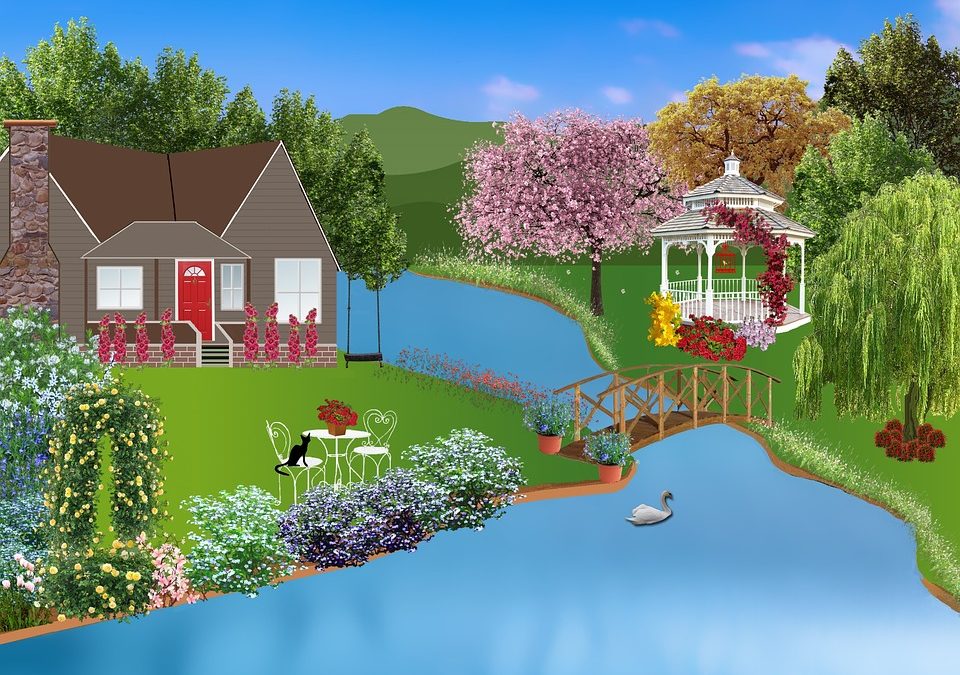
 The water efficiency programs studied included incentives for efficient irrigation technologies, free distribution of mulch, turf removal and water-wise re-landscaping, and customer site audits. Water savings were achieved in every community, regardless of the climate, program type or incentives for participation. (To download the Landscape Transformation Executive Summary, click here.)
The water efficiency programs studied included incentives for efficient irrigation technologies, free distribution of mulch, turf removal and water-wise re-landscaping, and customer site audits. Water savings were achieved in every community, regardless of the climate, program type or incentives for participation. (To download the Landscape Transformation Executive Summary, click here.)
 Almost 80 percent of respondents were dissatisfied or only somewhat satisfied with their current landscaping, and half believed their lawns are unhealthy or only partially healthy. But 85 percent believe they would need assistance with a landscape makeover; they’re looking to landscapers and irrigation professionals to help them change their landscapes.
Almost 80 percent of respondents were dissatisfied or only somewhat satisfied with their current landscaping, and half believed their lawns are unhealthy or only partially healthy. But 85 percent believe they would need assistance with a landscape makeover; they’re looking to landscapers and irrigation professionals to help them change their landscapes. Check sprinkler heads for breaks or leaks and make sure water is going where it’s needed.
Check sprinkler heads for breaks or leaks and make sure water is going where it’s needed.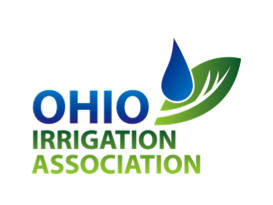
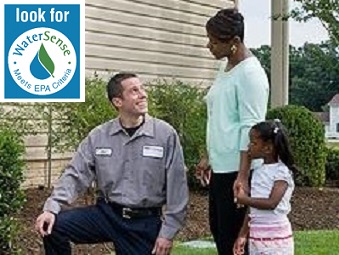 Check sprinkler heads for breaks or leaks and make sure water is going where it’s needed.
Check sprinkler heads for breaks or leaks and make sure water is going where it’s needed.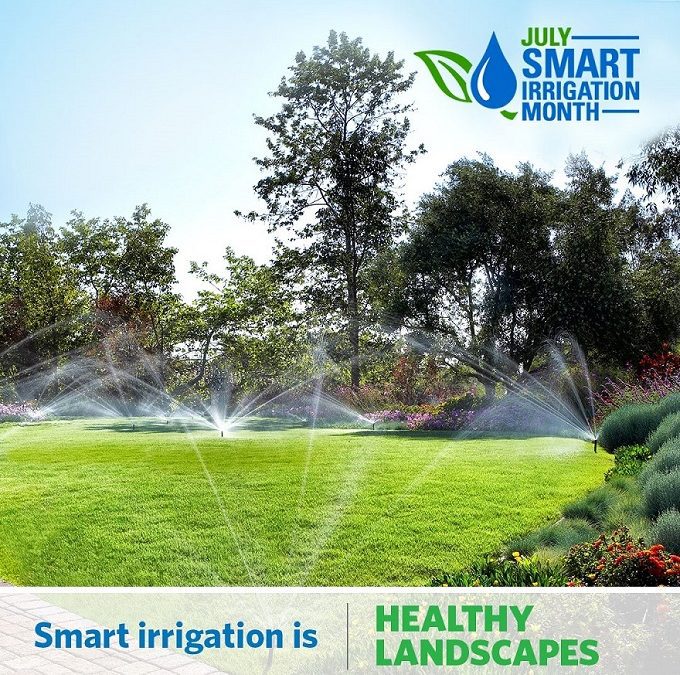
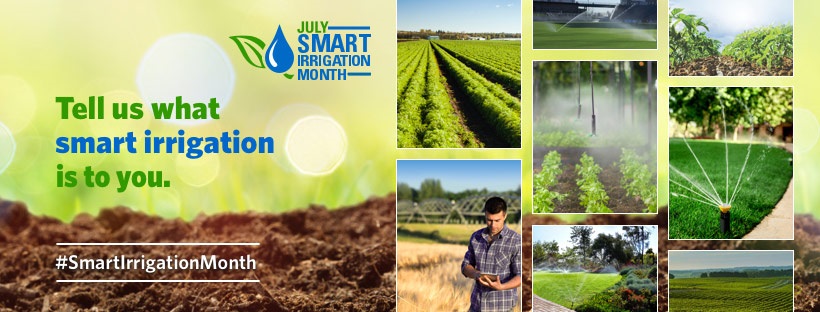 New
New 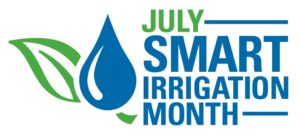 But that’s not all. As in previous years, there are a myriad of other ways that you can demonstrate smart leadership:
But that’s not all. As in previous years, there are a myriad of other ways that you can demonstrate smart leadership: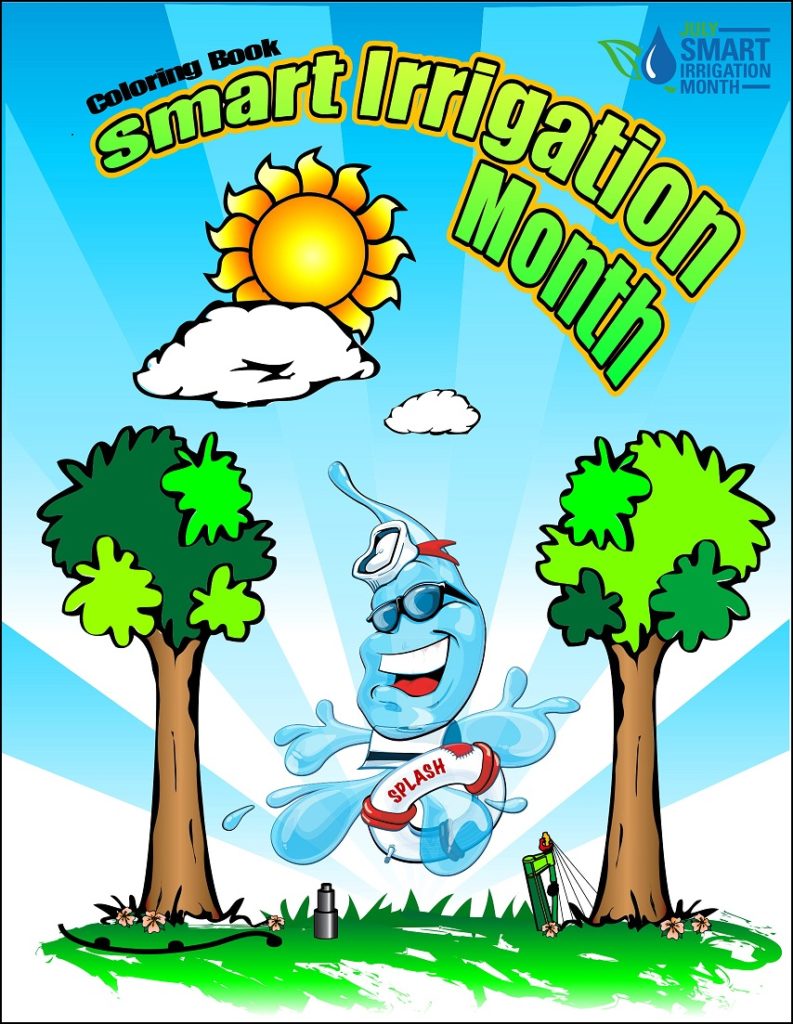


 According to
According to  And what are millennials looking for in a home? Smart technology. In fact,
And what are millennials looking for in a home? Smart technology. In fact, 
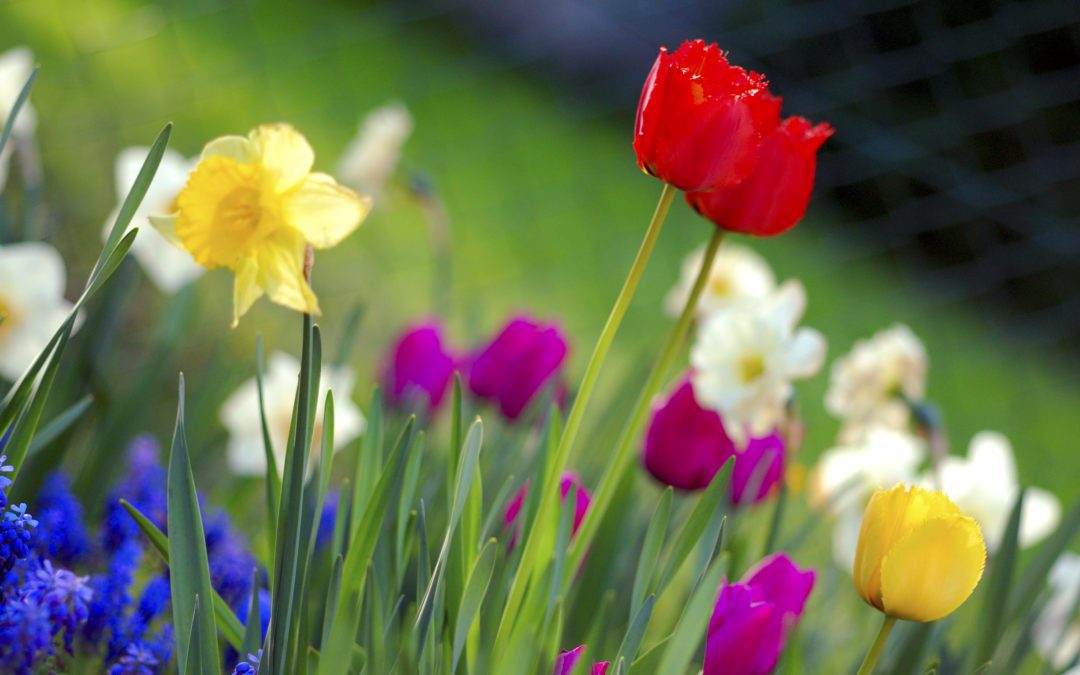
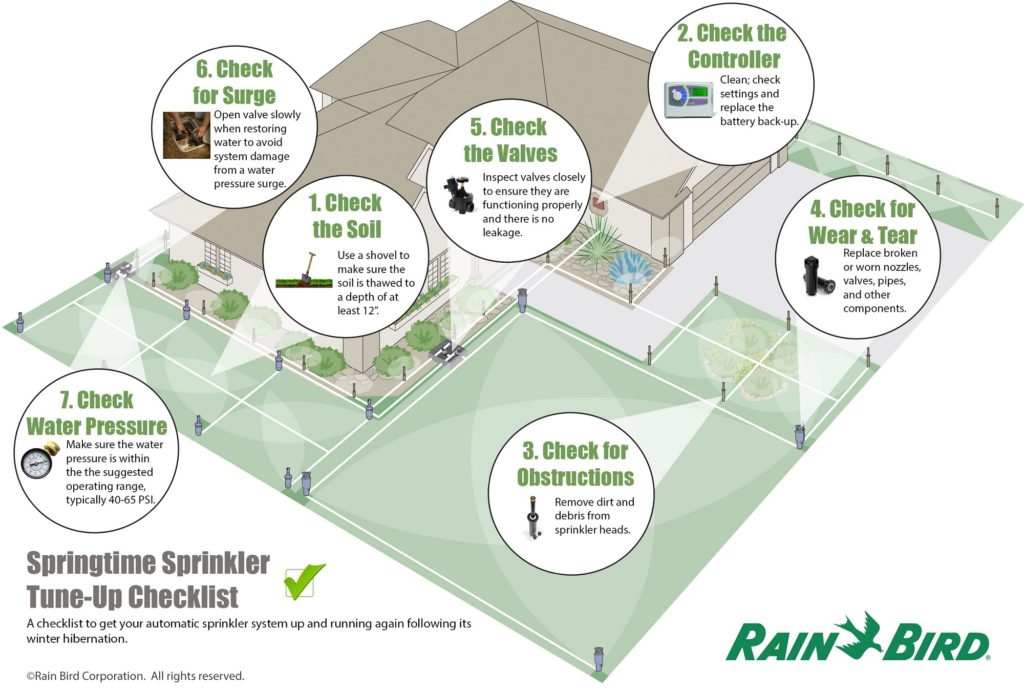
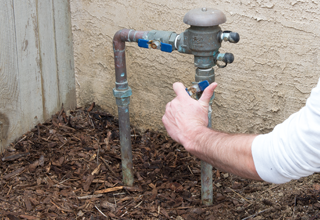
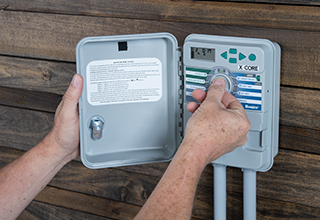
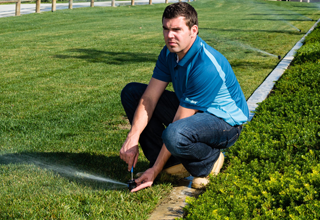
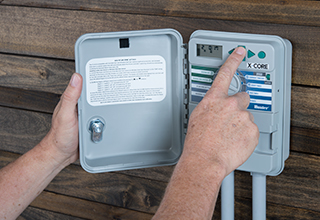
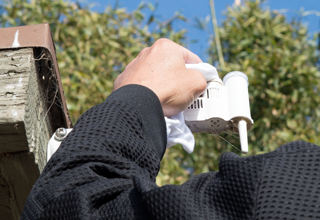
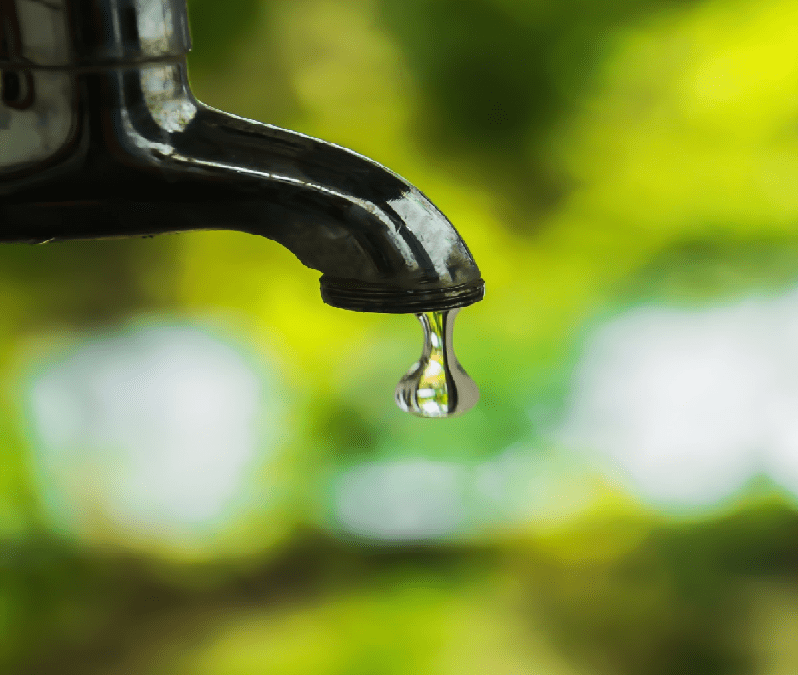
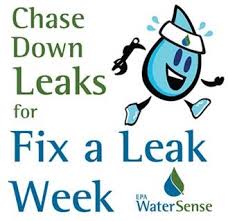 This year’s Fix a Leak Week runs from March 19 through March 25. It’s the perfect time to check for l
This year’s Fix a Leak Week runs from March 19 through March 25. It’s the perfect time to check for l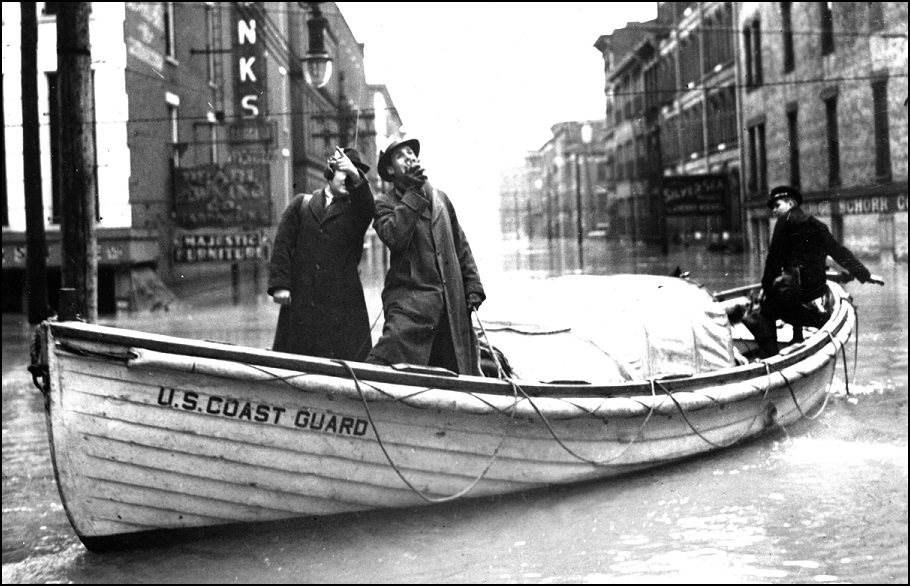
 As the calendar turned from February to March of that fateful year, a relentless 12-inch downpour over the southern and eastern parts of the state caused the Ohio River to crest at 64.5 feet. As a result, much of downtown Cincinnati remained under three to four feet of floodwater for several days.
As the calendar turned from February to March of that fateful year, a relentless 12-inch downpour over the southern and eastern parts of the state caused the Ohio River to crest at 64.5 feet. As a result, much of downtown Cincinnati remained under three to four feet of floodwater for several days.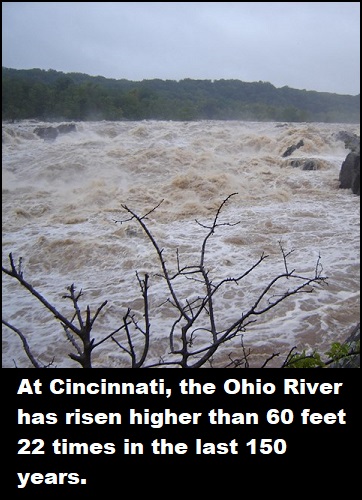 Here are the agency’s
Here are the agency’s 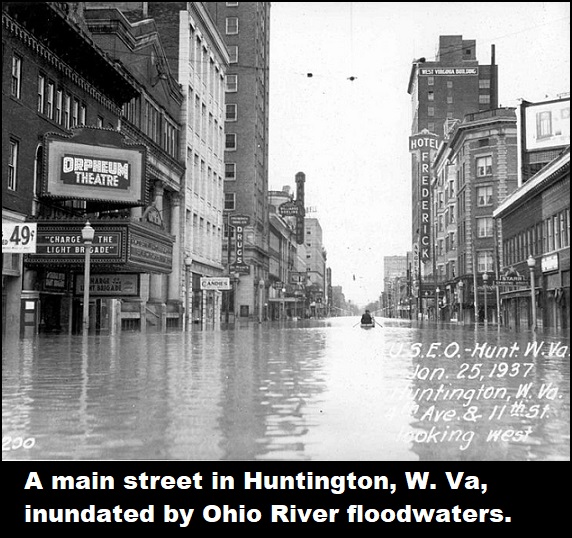
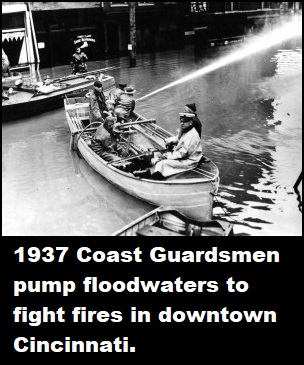 It didn’t take long for rescuers to realize that the winter temperatures presented a dilemma. Floating ice in the northernmost parts of the river made navigation particularly hazardous. Rescue crafts sometimes capsized.
It didn’t take long for rescuers to realize that the winter temperatures presented a dilemma. Floating ice in the northernmost parts of the river made navigation particularly hazardous. Rescue crafts sometimes capsized.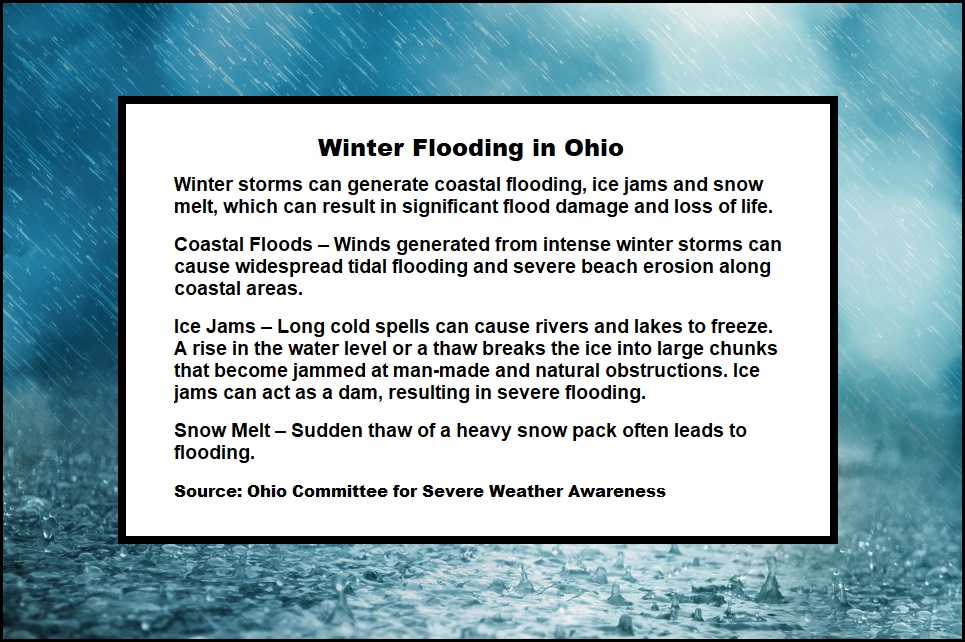
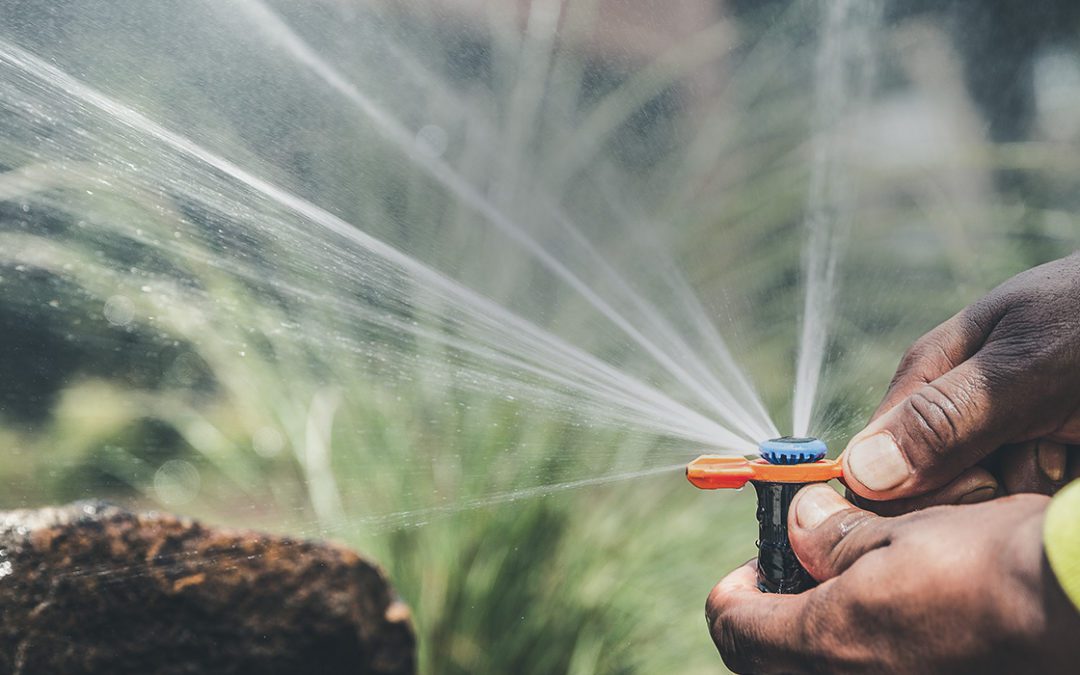
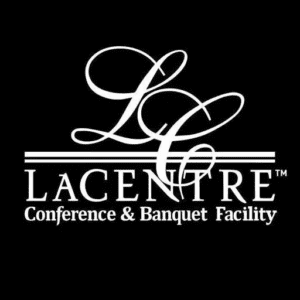


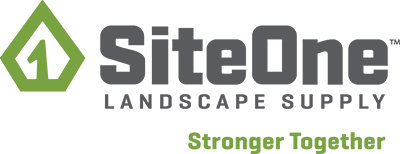
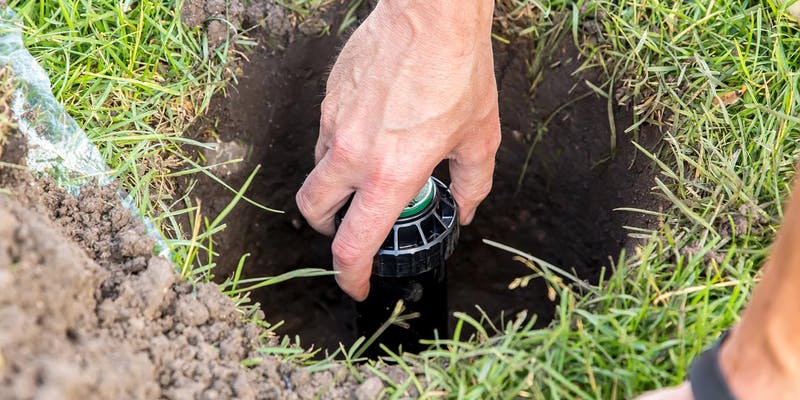

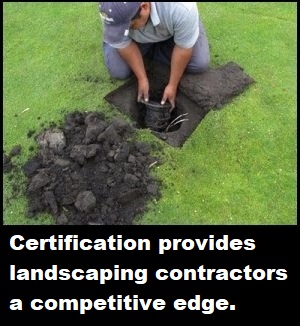
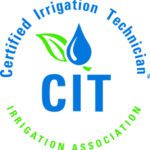

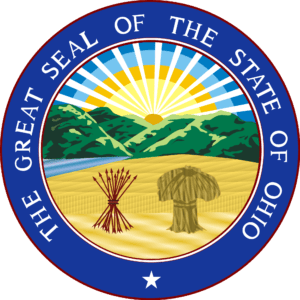 As one of the sponsors of this year’s Green Industry Advocacy Day, your Ohio Irrigation Association is counting on you. Legislative and regulatory advocacy is one of the key benefits of OIA membership. By becoming an active participant in legislative events, you strengthen this critical membership benefit.
As one of the sponsors of this year’s Green Industry Advocacy Day, your Ohio Irrigation Association is counting on you. Legislative and regulatory advocacy is one of the key benefits of OIA membership. By becoming an active participant in legislative events, you strengthen this critical membership benefit.